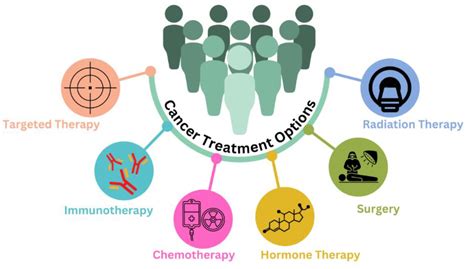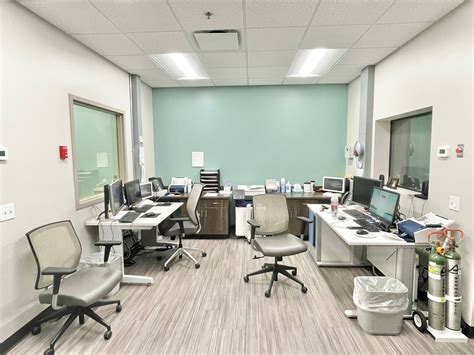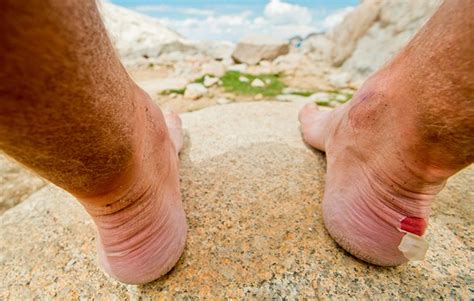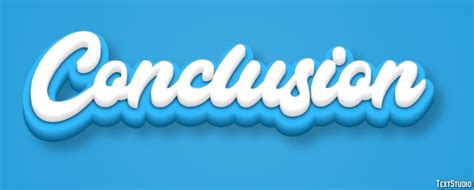Intro
Learn how to treat blisters with effective remedies and prevention tips, including blister care, foot blister treatment, and wound healing strategies to relieve pain and promote quick recovery from friction burns and skin irritations.
Blisters are a common skin condition that can be painful and frustrating, especially when they appear on the feet or hands. They are caused by friction, burns, or other types of skin irritation, and can be filled with fluid, making them sensitive to the touch. Treating blisters properly is essential to promote healing, prevent infection, and reduce discomfort. In this article, we will explore the different types of blisters, their causes, and the various treatment options available.
Blisters can occur anywhere on the body, but they are most commonly found on the feet, hands, and fingers. They can be caused by a variety of factors, including friction from ill-fitting shoes, burns from extreme temperatures, or skin irritation from chemicals or allergens. Some people may be more prone to blisters due to certain medical conditions, such as diabetes or eczema. Understanding the cause of a blister is crucial in determining the best course of treatment.
Preventing blisters is always better than treating them, and there are several steps that can be taken to reduce the risk of getting blisters. Wearing proper-fitting shoes, using protective gear such as gloves or socks, and avoiding extreme temperatures can all help to prevent blisters. Additionally, keeping the skin moisturized and healthy can also help to reduce the risk of blisters.
Treatment Options for Blisters

There are several treatment options available for blisters, depending on their size, location, and severity. For small, uncomplicated blisters, treatment may involve simply covering the blister with a bandage or dressing to protect it from further irritation. For larger or more painful blisters, treatment may involve draining the fluid from the blister or using topical creams or ointments to promote healing.
Draining a Blister
Draining a blister can be an effective way to relieve pressure and promote healing. However, it's essential to do it correctly to avoid infecting the blister. To drain a blister, wash your hands and the affected area with soap and water. Then, sterilize a needle with alcohol and puncture the blister at the edge, allowing the fluid to drain out. Apply an antibiotic ointment and cover the blister with a bandage to protect it from further irritation.Home Remedies for Blisters

There are several home remedies that can be used to treat blisters, including aloe vera gel, tea tree oil, and vitamin E oil. These remedies can help to promote healing, reduce pain and inflammation, and prevent infection. Aloe vera gel, for example, has anti-inflammatory properties that can help to reduce swelling and promote healing. Tea tree oil has antibacterial properties that can help to prevent infection.
Preventing Infection
Preventing infection is crucial when treating blisters. To prevent infection, keep the blister clean and dry, and apply an antibiotic ointment to the affected area. Avoid popping or puncturing the blister, as this can introduce bacteria into the wound and lead to infection. If the blister becomes infected, seek medical attention immediately.When to Seek Medical Attention

While most blisters can be treated at home, there are certain situations where medical attention is necessary. If the blister is large, painful, or becomes infected, seek medical attention immediately. Additionally, if the blister is caused by a burn or other serious injury, seek medical attention right away.
Complications of Blisters
If left untreated, blisters can lead to complications such as infection, scarring, and prolonged healing time. In rare cases, blisters can also lead to more serious conditions such as cellulitis or abscesses. To avoid these complications, it's essential to treat blisters promptly and properly.Tips for Healing Blisters

There are several tips that can help to promote healing and reduce discomfort when treating blisters. These include keeping the blister clean and dry, applying topical creams or ointments, and avoiding further irritation. Additionally, taking regular breaks to rest and elevate the affected area can also help to promote healing.
Common Mistakes When Treating Blisters
There are several common mistakes that people make when treating blisters, including popping or puncturing the blister, not keeping the blister clean and dry, and not seeking medical attention when necessary. To avoid these mistakes, it's essential to educate yourself on proper blister care and treatment.Conclusion and Next Steps

In conclusion, treating blisters requires a combination of proper care, patience, and attention to detail. By understanding the causes of blisters, using the right treatment options, and taking steps to prevent infection, you can promote healing and reduce discomfort. If you have a blister that is large, painful, or becomes infected, seek medical attention immediately.
Final Thoughts
Treating blisters is an ongoing process that requires regular monitoring and care. By following the tips and advice outlined in this article, you can help to promote healing, reduce discomfort, and prevent complications. Remember to always prioritize proper blister care and seek medical attention if necessary.What causes blisters?
+Blisters are caused by friction, burns, or other types of skin irritation. They can also be caused by certain medical conditions, such as diabetes or eczema.
How can I prevent blisters?
+To prevent blisters, wear proper-fitting shoes, use protective gear such as gloves or socks, and avoid extreme temperatures. Keeping the skin moisturized and healthy can also help to reduce the risk of blisters.
What are the symptoms of an infected blister?
+The symptoms of an infected blister include increased redness, swelling, and pain, as well as pus or discharge. If you experience any of these symptoms, seek medical attention immediately.
How long does it take for a blister to heal?
+The healing time for a blister depends on its size, location, and severity. Most blisters heal within 3-7 days, but larger or more severe blisters may take longer to heal.
Can I pop a blister?
+No, it's not recommended to pop a blister. Popping a blister can introduce bacteria into the wound and lead to infection. Instead, let the blister heal on its own or seek medical attention if necessary.
We hope this article has provided you with a comprehensive guide to treating blisters. If you have any further questions or concerns, please don't hesitate to comment below. Share this article with your friends and family to help them learn more about blister care and treatment. Remember to always prioritize proper blister care and seek medical attention if necessary.
